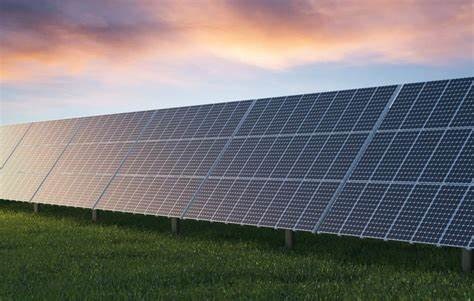Improving the conversion rate of polycrystalline solar panels involves optimizing various factors that affect their performance. While the inherent efficiency of polycrystalline solar cells is generally lower than that of monocrystalline cells, there are several strategies to enhance their effectiveness.
- High-Quality Materials:
- Ensure the use of high-quality silicon and other materials during the manufacturing process to minimize defects and enhance the overall efficiency.
- Advanced Manufacturing Techniques:
- Implement advanced manufacturing techniques to produce solar cells with fewer impurities and crystal defects, which can improve electron mobility and reduce energy losses.
- Anti-Reflective Coatings:
- Apply anti-reflective coatings on the surface of the solar cells to minimize light reflection and increase light absorption. This allows more photons to reach the semiconductor material, improving overall efficiency.
- Passivation Layers:
- Use passivation layers to reduce surface recombination and enhance the electrical properties of the solar cells. This helps to maintain a higher voltage and improve overall performance.
- Texturing Surfaces:
- Employ surface texturing techniques to scatter light within the solar cell, increasing the chances of absorption. This helps in capturing more sunlight and improving overall efficiency.
- Bifacial Solar Cells:
- Consider using bifacial solar cells that can capture sunlight from both the front and rear sides. This approach can increase energy yield, especially in environments with reflective surfaces like snow or sand.
- Optimized Design and Layout:
- Optimize the design and layout of the solar panels to ensure proper spacing and orientation. This can help minimize shading and maximize exposure to sunlight.
- Improved Connection and Wiring:
- Enhance the electrical connections and wiring within the solar panel to minimize resistive losses and improve the overall electrical performance.
- Temperature Management:
- Implement effective temperature management strategies, such as incorporating cooling systems, to prevent overheating. Solar cells tend to be less efficient at high temperatures.
It’s important to note that advancements in solar technology are ongoing, and new techniques and materials are continually being developed to improve the efficiency of solar panels, including polycrystalline ones.


